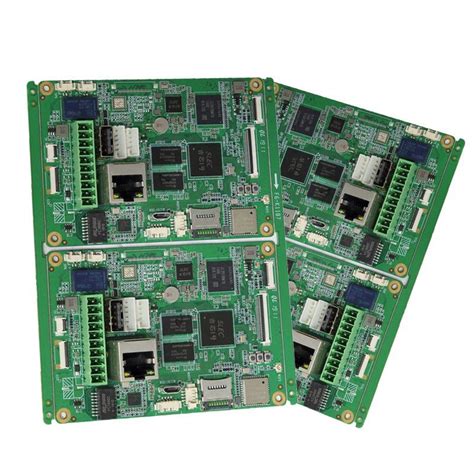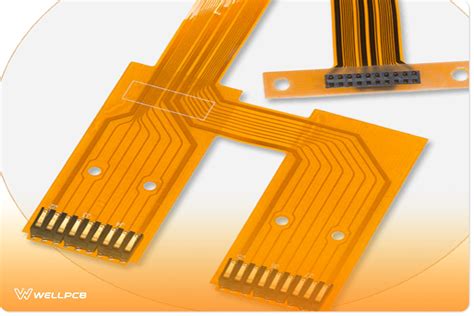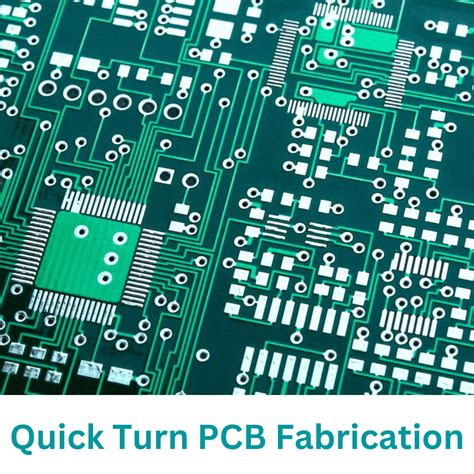Aluminum-Based PCBs: A Thermal Management Solution for High-Performance Electronics
Introduction
In the world of modern electronics, thermal management is a critical design consideration. As the power density of electronic components continues to increase, effectively dissipating heat has become essential to ensuring device reliability and performance. Aluminum-based PCBs (Printed Circuit Boards) have emerged as a highly effective thermal management solution, widely used in high-power LED lighting, power modules, automotive electronics, and more. This article delves into the structure, advantages, manufacturing process, applications, and future trends of aluminum-based PCBs, providing a comprehensive understanding of their role in modern electronics.
1. Structure and Characteristics of Aluminum-Based PCBs
Aluminum-based PCBs are a type of metal-core PCB (MCPCB) that utilize aluminum as the base material. Unlike traditional FR-4 PCBs, aluminum-based PCBs feature a unique layered structure, typically consisting of three main layers:
- Circuit Layer (Copper Layer):
This is the top layer of the PCB, made of copper foil, and is used for wiring and connecting electronic components. The thickness of the copper layer can be adjusted based on the specific application requirements. - Insulating Layer (Dielectric Layer):
The insulating layer is located between the circuit layer and the aluminum base. It is typically made of a thermally conductive dielectric material, such as epoxy resin or ceramic-filled polymer. This layer provides electrical insulation while efficiently transferring heat from the circuit layer to the aluminum base. - Aluminum Base:
The aluminum base is the bottom layer of the PCB and is known for its excellent thermal conductivity. Aluminum has a thermal conductivity of approximately 200 W/m·K, significantly higher than that of FR-4 material (0.3 W/m·K), enabling rapid heat dissipation.
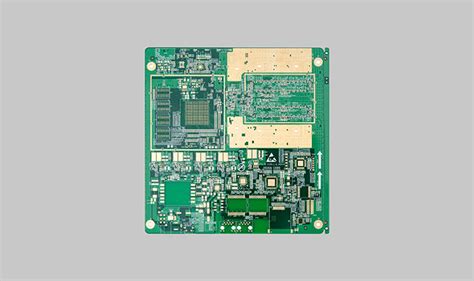
The key characteristics of aluminum-based PCBs include:
- High Thermal Conductivity: Aluminum’s superior thermal conductivity allows for efficient heat dissipation, making it ideal for high-power applications.
- Mechanical Strength: Aluminum-based PCBs offer high mechanical strength, enabling them to withstand physical stress and harsh environments.
- Lightweight: Compared to copper-based PCBs, aluminum-based PCBs are lighter, making them suitable for weight-sensitive applications.
- Ease of Processing: Aluminum-based PCBs can be easily cut, drilled, and surface-treated to meet various design requirements.
2. Advantages of Aluminum-Based PCBs
Aluminum-based PCBs offer several advantages in high-power and high-thermal-density applications, including:
- Superior Thermal Management:
Aluminum-based PCBs can quickly transfer heat from electronic components to heat sinks or the external environment, reducing operating temperatures and extending component lifespan. For example, in high-power LED lighting, aluminum-based PCBs effectively lower the temperature of LED chips, improving light efficiency and reliability. - Enhanced Circuit Reliability:
By managing heat effectively, aluminum-based PCBs reduce thermal stress on electronic components, minimizing the risk of thermal failure. This is particularly important in high-power applications such as power modules and automotive electronics. - Simplified Thermal Design:
Traditional FR-4 PCBs often require additional heat sinks or fans for cooling, whereas aluminum-based PCBs inherently provide excellent thermal performance. This simplifies thermal design, reduces system complexity, and lowers costs. - High Power Handling Capability:
Aluminum-based PCBs can withstand high currents and power densities, making them suitable for applications such as power converters, motor drivers, and industrial control systems.
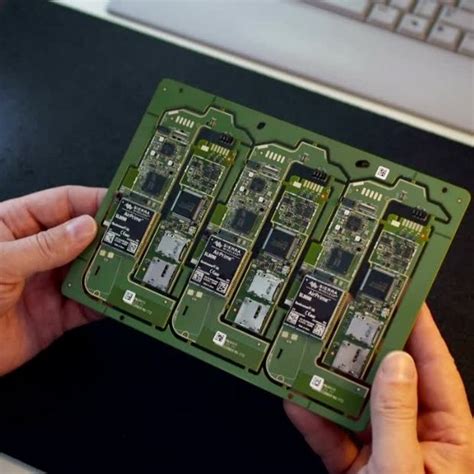
3. Manufacturing Process of Aluminum-Based PCBs
The manufacturing process of aluminum-based PCBs shares similarities with traditional PCBs but includes unique steps due to their specialized structure and materials:
- Base Preparation:
The aluminum base is typically made of high-purity aluminum and undergoes surface treatment (e.g., anodization) to improve insulation and corrosion resistance. - Insulating Layer Application:
A thermally conductive dielectric material is applied to the aluminum base to form the insulating layer. The thickness and uniformity of this layer are critical to the PCB’s performance. - Copper Foil Lamination:
A copper foil layer is laminated onto the insulating layer to create the circuit layer. The thickness of the copper foil can be adjusted based on current-carrying requirements. - Circuit Patterning:
The circuit pattern is created on the copper layer using photolithography and etching processes, similar to traditional PCB manufacturing. - Drilling and Surface Treatment:
Holes are drilled into the PCB for component mounting, and the surface is treated (e.g., with HASL, ENIG, or OSP) to improve solderability. - Testing and Inspection:
The finished PCB undergoes electrical and thermal performance testing to ensure it meets design specifications and quality standards.

4. Applications of Aluminum-Based PCBs
Aluminum-based PCBs are widely used in various industries due to their excellent thermal performance and reliability. Key applications include:
- High-Power LED Lighting:
Aluminum-based PCBs are a core component of high-power LED lighting systems, effectively dissipating heat to improve LED efficiency and lifespan. Examples include LED streetlights, automotive headlights, and indoor lighting. - Power Modules:
In power converters, inverters, and DC-DC converters, aluminum-based PCBs handle high currents and power densities while providing efficient thermal management. - Automotive Electronics:
Automotive electronics, such as engine control units, LED headlights, and battery management systems, require reliable operation in high-temperature environments. Aluminum-based PCBs meet these thermal and reliability demands. - Industrial Control Systems:
Industrial motor drives, frequency converters, and power controllers benefit from the thermal performance of aluminum-based PCBs, enhancing system efficiency and reliability. - Consumer Electronics:
High-power consumer electronics, such as laptop power adapters and gaming console power modules, are increasingly adopting aluminum-based PCBs for improved thermal performance.
5. Future Trends in Aluminum-Based PCB Technology
As the power density of electronic devices continues to rise, the demand for aluminum-based PCBs is expected to grow. Future trends in aluminum-based PCB technology may include:
- Advanced Thermal Materials:
The development of new dielectric materials with even higher thermal conductivity will further enhance the heat dissipation capabilities of aluminum-based PCBs. - Multilayer Aluminum-Based PCBs:
The creation of multilayer aluminum-based PCBs will enable more complex circuit designs while maintaining excellent thermal performance. - Eco-Friendly Manufacturing:
The adoption of environmentally friendly materials and processes will reduce the environmental impact of aluminum-based PCB production. - Expanding Applications:
With the growth of 5G communications, electric vehicles, and renewable energy systems, aluminum-based PCBs will find new applications in high-power and high-thermal-density environments.

Conclusion
Aluminum-based PCBs have become an indispensable component in modern electronics, offering superior thermal management, reliability, and versatility. From high-power LED lighting to automotive electronics, these PCBs play a crucial role in enhancing device performance and longevity. As technology continues to advance, aluminum-based PCBs will remain at the forefront of innovation, enabling the development of more efficient, reliable, and sustainable electronic systems. Their unique combination of thermal performance and mechanical strength ensures that aluminum-based PCBs will continue to be a vital solution for the challenges of high-power electronics in the future.

